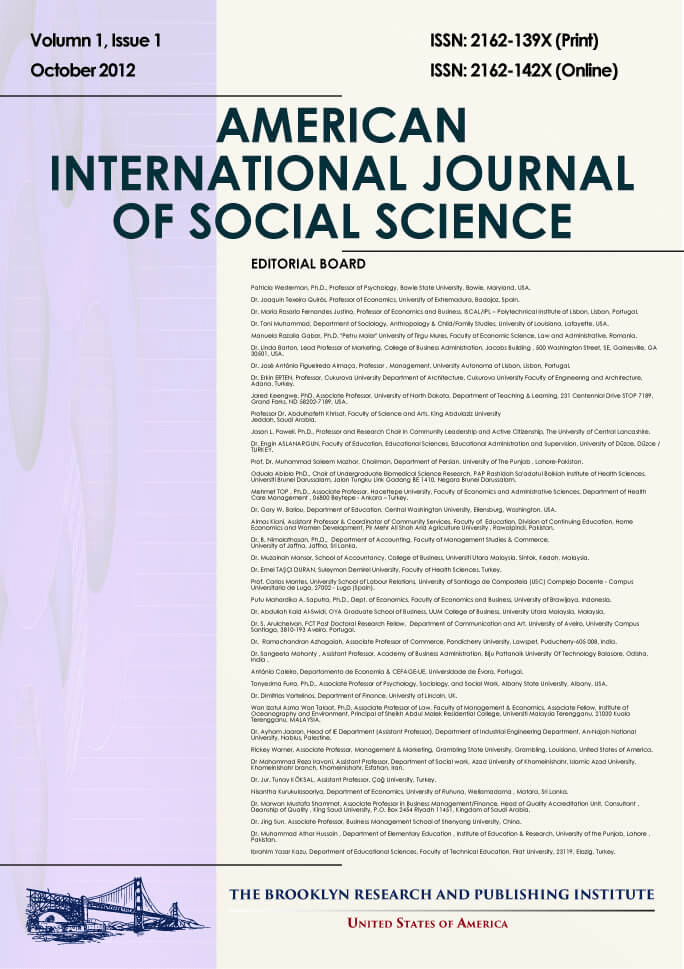Media and Conflict: An Analysis of Print Media Coverage of Terrorism in Kenya
Lillian Kiarie, Hezron Mogambi, PhD
Abstract
This paper examines how the print media in Kenya covers terrorism issues. It sought to identify the patterns of
reporting of terrorism in the print media in Kenya in 2015 when coincidentally, Garissa University was attacked
by terrorists leaving 147 dead and scores injured. According to the 2015 Global Terrorism Index, acts of terror in
total cost $52.9 billion across the globe in 2014. Kenya has been hit hard in the last 5 years by acts of terror
causing agonizing deaths of people, injuries, destruction of property and denting the development of the country.
This paper carried out content analysis of two leading newspapers in Kenya, the Standard and The Nation
newspapers. Data was collected using an analysis of the stories contained in the two leading newspapers, which
related to TIs. The content of 1142 articles on TIs was reviewed from January 2015 to June 2015 of The Standard
and The Nation newspapers. An analysis was done on the data, which was then presented using simple tabular
comparison of graphs, charts and text. The study found that terrorism is an issue of importance in Kenya, with
1142 articles published in the six months period under review. In each of the two newspapers, over 65% of
articles were reported as news while feature articles published were below 15%. This shows that the media did
not put much effort into analysing and doing in-depth coverage of this issue. Articles on terrorism in Kenya were
only placed on the prime pages of the newspaper when an incidence of a large magnitude happened. This shows
that the media is not actively covering the issue of terrorism and giving it prominence unless an attack happens.
This reveals a shortcoming, as the media, responsible for creating a platform for public discourse has failed to be
proactive and set the agenda to discuss important issues in people’s life.
Full Text: PDF
American International Journal of Social Science
ISSN 2325-4149(Print), ISSN 2325-4165(Online) DIO: 10.30845/aijss
Visitors Counter
3835914
| 285 | |
| |
3980 |
| |
43272 |
| |
49499 |
| 3835914 | |
| 46 |

